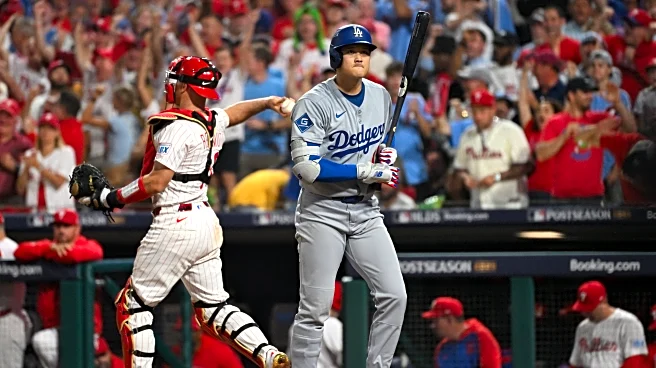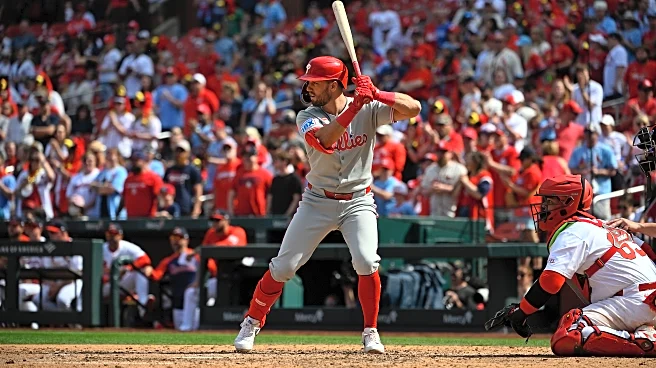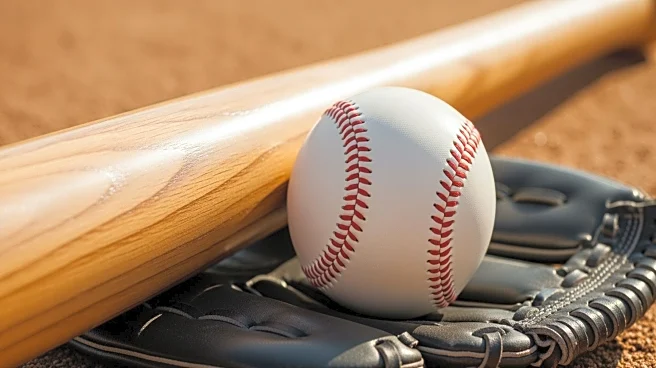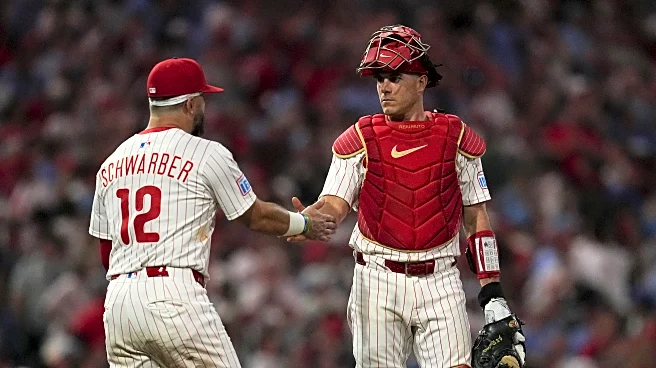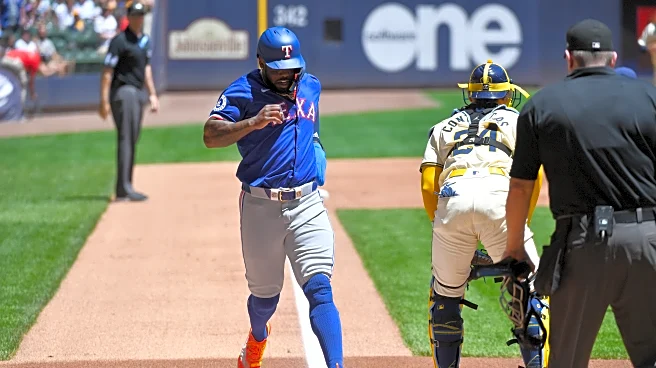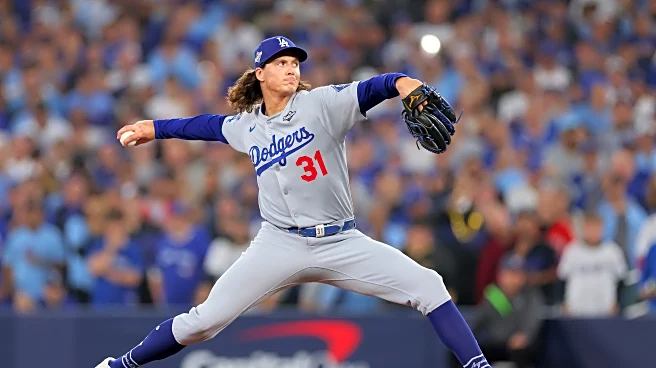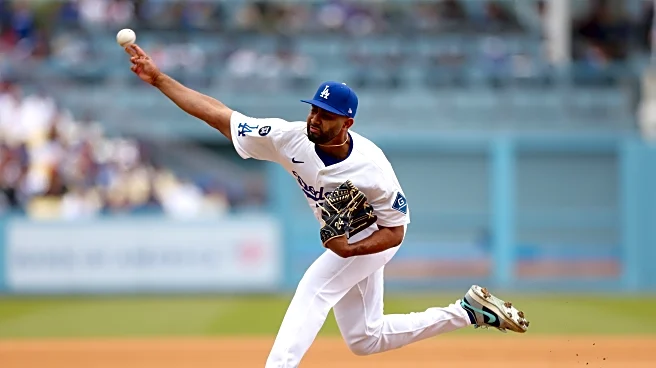Each year the Phillies have gotten to the playoffs since their surprising run to the World Series in 2022, it has ended in somewhat bitter defeat. The 2023 NLCS is one that feels like it should never be
spoken of again, the 2024 exit at the hands of the Mets was disappointing thanks to the complete falling apart of the offense and this season, well, they lost to the champions. Even though they put up quite the fight, the overwhelming wave of inevitability that is the Dodgers’ roster eventually crashed over the Phillies, sending them into an offseason of uncertainty.
Still, one of the things that stood out most from the series was how well the Phillies did pitching to Shohei Ohtani. It became more and more stark as the series shifted from Philadelphia to Los Angeles that the team had some kind of plan against him that they executed to near perfection. Ohtani went 1 for 18 with nine strikeouts in the series, the hit a measly single that ended up having no bearing on the inning in which it was hit. It was a complete domination of a player that is likely going to be regarded as the greatest player to ever step foot on a field. It leads us to the question: how the heck did they do that???
Last season, when the Dodgers came to Philadelphia to play a mid July series, the team also had a plan against Ohtani that they also executed well. At that time, I went through each at bat and looked at how they ended up being so successful against him, trying to find some kind of secret sauce that was being cooked up to get him out. The biggest takeaway is that the Phillies’ pitchers were just very, very good then as they were now. Still, it’s interesting to go back into the NLDS and see just how the team was able to craft and execute such a plan against Ohtani and if it can be replicated in the future. What I wanted to do was go through each game, all four of them, and see if there is something that they picked up on, a pattern, a weakness, that they exploited over and over again to the detriment (but not ultimate demise) of the Dodgers. Let’s start.
Game 1, Philadelphia
First plate appearance

One of the axioms of being a left handed pitcher with a changeup as part of your arsenal is that you cannot – absolutely CANNOT – miss down and in to a left handed hitter. Any one of those hitters will take that pitch and, if it misses its spot, destroy it using whatever the top end of his exit velocity is. It’s a dangerous pitch to throw if the pitcher isn’t a master at the pitch.
Cristopher Sanchez is a master at the pitch. You can see that by swinging and missing at the first pitch, the sinker, Sanchez now has Ohtani looking in, making him think he’ll try and bust him inside with a fastball. It’s something that didn’t happen much during the regular season.

Why not go inside against Ohtani? Well…

When pitchers missed down and in, Ohtani made them pay. Or, if you’re of a certain age, you are hearing Chris Wheeler saying the words “dropped the bat head on it” scroll through your mind.
However, Sanchez is able to get him to swing and miss, setting up the changeups that follow. The first changeup he throws is excellent, the second might qualify as something the kids call “filthy”. Three pitches and out.
Second plate appearance

Here, Sanchez gets a little lucky. With a runner on, Ohtani is clearly more likely to see some pitches now. The Dodgers don’t want him to settle in, letting him carve up their lineup and the second inning, Sanchez was a bit shaky. The first pitch, taken down the middle, is fine. The third pitch is where Sanchez does get a bit lucky. That’s the one where Ohtani clearly just missed it. It’s one of those ones that I talked about earlier where pitchers have been hit hard when they’ve missed in that spot. The sixth pitch probably was a bit lucky as well with Ohtani rolling a sinker over as a foul ball that, again, he sometimes might destroy.
This at bat, though, is also where the slider is shown for the first time in the game. Here, it’s more of a “show me” pitch to see if he’d swing over it. Yet for me, it’s the fourth pitch that struck me in this entire NLDS that I wasn’t entirely buying the “Ohtani isn’t seeing the ball well” argument. Go back through those pitches. That fourth pitch, a changeup down, is just spit on by the Dodgers slugger. That’s the same kind of take that Bryce Harper had before the swing of his life.
That’s the type of take that separates good hitters from elite hitters, especially in that situation.
Third plate appearance

So by now, Ohtani is really starting to wonder: “what is Sanchez going to throw me?“
The introduction of the slider in the second at bat, even as a show me, allows Sanchez to throw it here for a strike that Ohtani swings through. Not the greatest spot, but when you think that it’s going to be fastball/changeup most of the night, seeing that slider is different. Bookend that slider with two really good changeups and Ohtani is all set up for a fastball, right down the middle, the last thing he’d be expecting with two strikes.
This, to me, it the sequence of the night. It has gotten Ohtani to start to guess more at what is coming if a pitch is near the zone.
Fourth plate appearance
(ed. note: you’ll have to excuse the lack of video here. MLB Film Room wasn’t allowing me to share it)

This was an interesting battle. Once again, Ohtani gets caught looking by Strahm, this time with nobody out and runners on, the Dodgers down by one run. It was an exceptionally high leverage situation and he got caught with his pants down. Ohtani not seeing it well? Ohtani confused? This is when the narrative started about how Ohtani was failing as opposed to how well the Phillies were pitching him, at least as far as the media broadcast and managerial comments were concerned.
Fifth plate appearance

Baseball is all about the matchups. We love to see pitcher vs. hitter, the “mano y mano” chess match that no other sport really has to this extent. You may have cornerback vs. wide receiver matchups, a one on one matchup in basketball, but the way baseball is structured, it’s a unique experience to see a pitcher against a hitter like this one.
Waiting for Ohtani vs. Jhoan Duran, the hope was that it would be in a situation in which the Phillies were ahead and the outcome of the individual matchup would determine the game’s outcome. Here, we have two outs and Duran is simply on to keep the game close enough for the rally to occur. Instead, we see a pitcher trying his hardest not to let the best hitter in the game being played extend the score past what it already is. Duran looks like he is pitching around Ohtani a bit and that’s understandable.
Something to keep in the back pocket.
So, after game one, we kind of see the gameplan the team is going for. Hard in, breaking away unless a changeup is good enough to get him chasing. There were some misplaced pitches that the team got away from, but even the gameplan mentioned here, they are varying when and where they are throwing those types of pitches.
The chess match has begun.
I’ll have part two tomorrow, part three on Wednesday and end it with part four on Friday.
